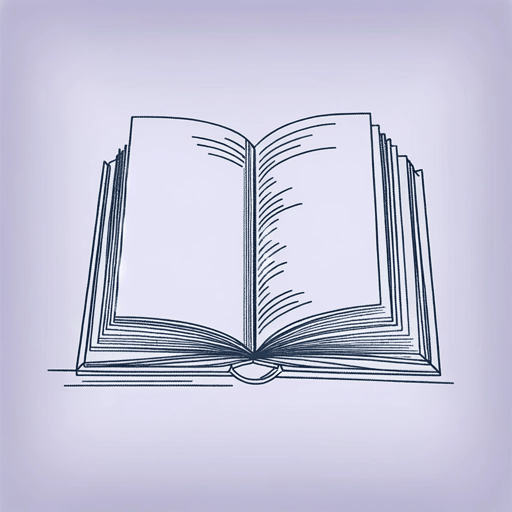52 pages • 1 hour read
Stefan ZweigThe World of Yesterday: An Autobiography
Nonfiction | Autobiography / Memoir | Adult | Published in 1942A modern alternative to SparkNotes and CliffsNotes, SuperSummary offers high-quality Study Guides with detailed chapter summaries and analysis of major themes, characters, and more.
Symbols & Motifs
Intellect and the Arts
The arts, intellect, and “the life of the mind” form a key motif within The World of Yesterday. Zweig grew up in Vienna, then a major cultural hub in Europe. From a young age, Zweig was exposed to works by noteworthy thinkers and writers such as Nietzsche and Rilke, and although he disdained the dry curriculum of formal education, he loved learning. Zweig was consciously oriented toward the literature, art, music, and philosophy of the late 19th and early 20th centuries, and he identified much more as a European intellectual than he did as an Austrian or a Jewish man. To cosmopolitan minds such as Zweig’s, a collective identity based in shared dedication to intellectual pursuits was far superior to identification based on ethno-religious status or national origin. That Zweig and his fellow thinkers were so dedicated to a shared life of the mind stands out as particularly tragic because they came of age during an era that shattered the idea of pan-European unity. And yet, Zweig remained dedicated to learning and intellectual growth for the rest of his life: He made his living as an author and maintained close ties with many important artists, writers, and musicians in Europe and abroad.

